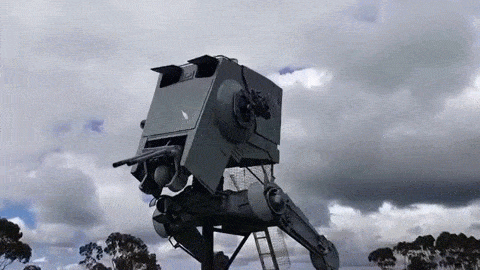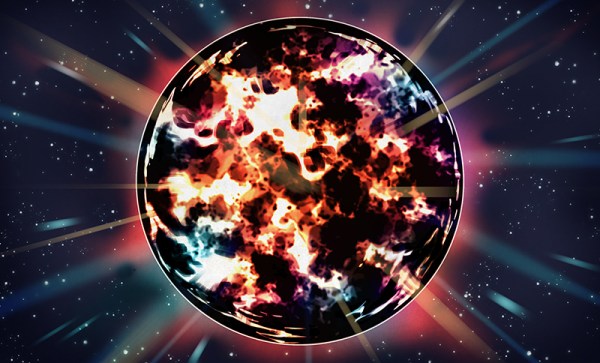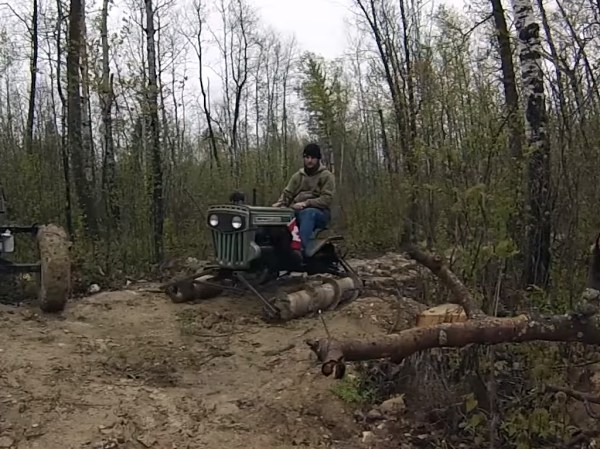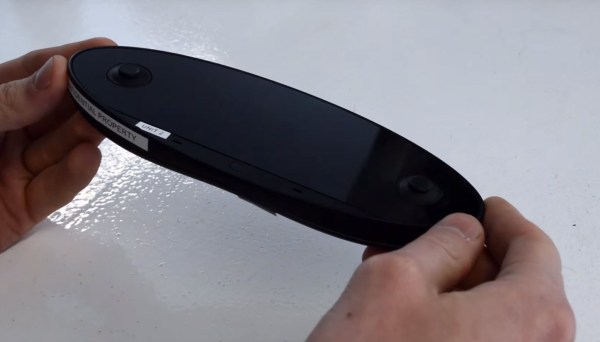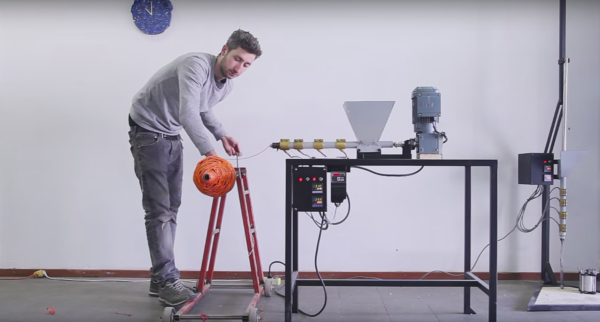[REDNIC79] lives somewhere in Canada where key terrain features include mud and snow. Half pontoon boat, half auger, screw-propelled vehicles excel in this kind of terrain as long as you’re okay with going really slow.
In his 11-and-counting part video series, [REDNIC79] goes through the conversion of a lawn tractor into a slow, theoretically unstoppable, Canadian screw-propelled tractor. He welds a frame, plonks some beefy chains on it, and throws a few hefty looking bearing mounts on there to boot. Then he makes some screws out of gas tanks; which was an enormous amount of work.
It was time to fire up the tractor. On the first muddy incline encountered, the tractor ceased to move. The culprit? A cracked transmission housing. Ouch. The end of the shaft holding the chain for the right screw was unsupported. When the shaft turned, it imparted its rotational force, but there was also an unconsidered down force on the end of the shaft, which resulted in a moment the bell housing wasn’t designed for.
Undeterred, [REDNIC79] welded the housing back together and threw a bearing on the end of the offending shaft to balance the moments. He fired it up, engaged the transmission, and the right screw bearing pillow block completely shattered. Ouch again. We can safely begin to assume that screw-propelled vehicles see a lot of forces.
[REDNIC79] hasn’t shelved the project yet. His next plan is to beef up the supports and build a much larger set of screws with smaller blades out of some propane tanks. This should reduce the force the power house needs to put out. Video of the first fail after the break. Continue reading “Screw Drive Tractor Hasn’t Conquered Canada Yet” →

